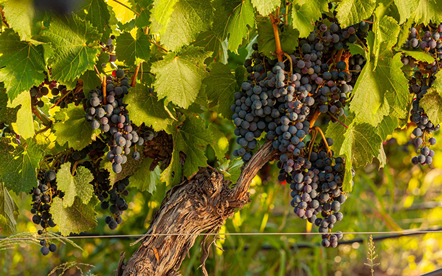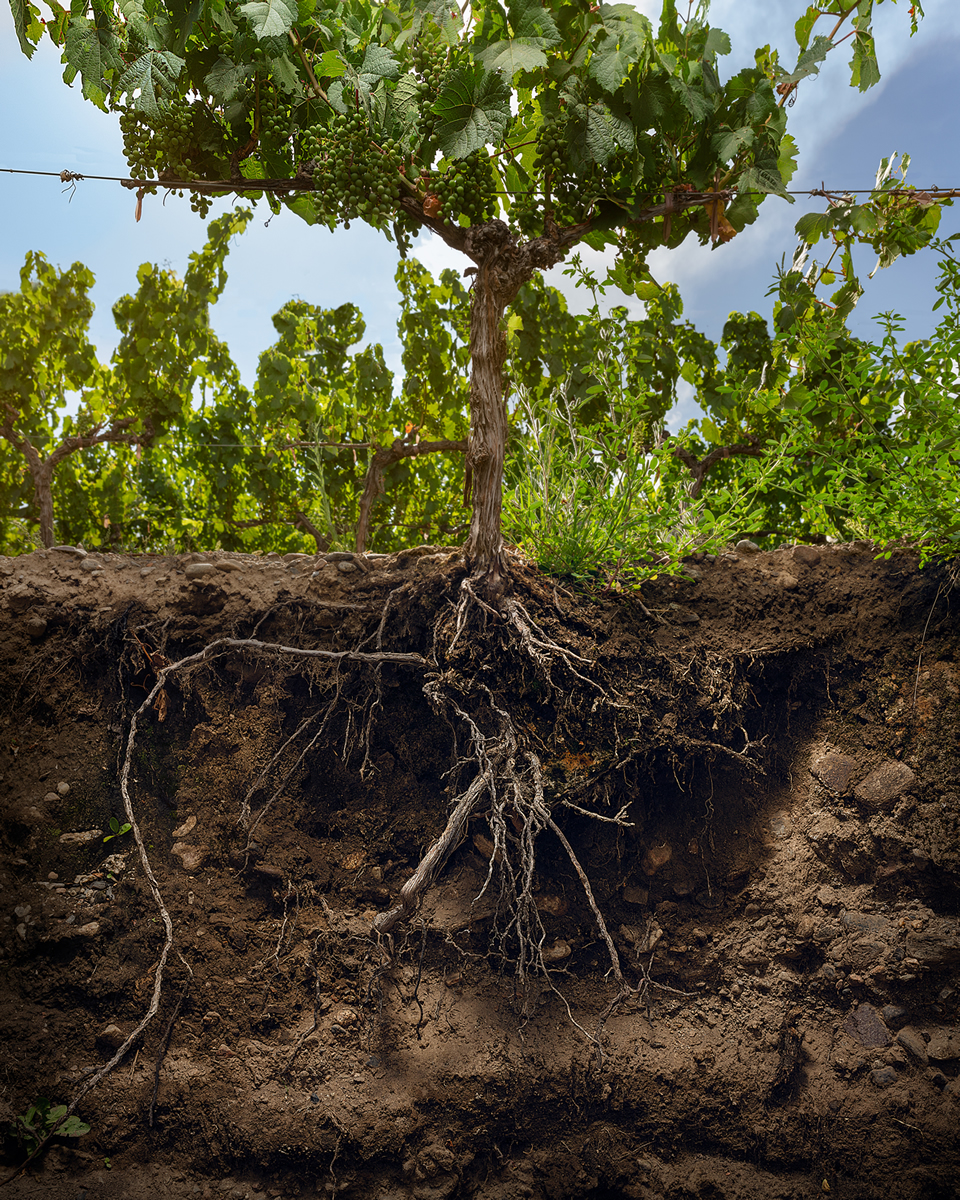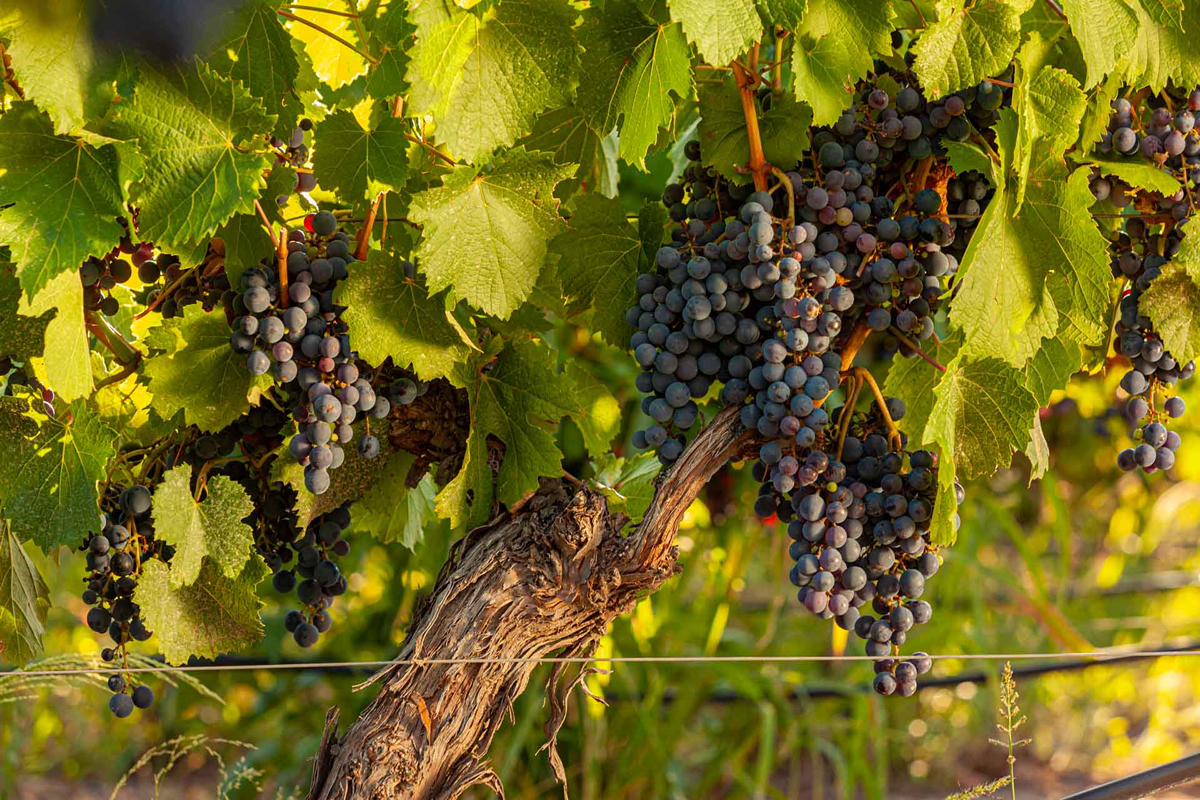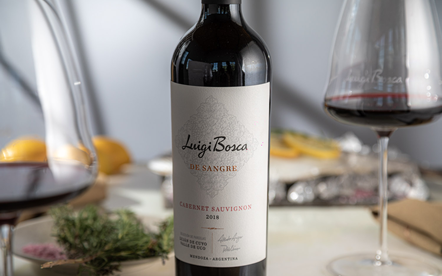
The diversity of the estates: why is it so important to have grapes grown in different terroirs?
The terroir concept represents the backbone of the current vinegrowing industry and our winemaking philosophy: as stated by Engineer Alberto Arizu (Sir), we believe that wines are born at the estate. The interaction between the microclimate, the soil, the geography, the vines and the human work at a given place provides the wine with a specific character and personality that can be perceived through its aromas, flavours and textures.
With the terroir as the starting point to obtain unique wines that stand out for their quality and stamp, the diversity of the estates planted at different regions of Mendoza is one of the cornerstones behind the wines made by Bodega Luigi Bosca. Our four estates are located in Luján de Cuyo, Maipú and the Uco Valley, three of Argentina’s most renowned terroirs. Thus, each one of them (El Paraíso, Los Nobles, Miralejos and Los Miradores) bring in their own uniqueness to our wine label.
The various regions of the province where we harvest our grapes give us fruits and wines of distinctive identities. Wines that are more or less structured, with more or less marked tannins, of strong acidity, featuring more breadth in the palate, with more or less nerve or a sweeter core, among many other aspects of wines that are directly associated with the terroir of origin.
Therefore, just as winemakers often seek to work with Single Vineyards (wines made from grapes grown in only one vineyard, to enhance their character), such as the case of De Sangre Malbec Paraje Altamira, or even the Paraíso blend, it is also very interesting to obtain elements from different regions, for them to make their contribution to the final product.

Besides, it is right there, in a wine’s final assemblage, of either a variety made from grapes grown in different regions or a blend, where the touch of the winemaker particularly stands out.

In the case of Bodega Luigi Bosca, our Head Winemaker Pablo Cúneo and his team consider that having grapes and wines from different areas of Mendoza is an extremely enriching experience. As with colours for painters, chords for musicians, or spices for chefs, being able to blend the attributes of different estates and take the best from each one of them (or the most appropriate characteristics for the result being sought) opens up a world of possibilities.
Among our lines, two of the wines that best reflect this spirit of quest for diversity at the estates is Luigi Bosca Cabernet Sauvignon (made from grapes grown in Maipú and Luján de Cuyo) and Luigi Bosca Malbec (originating in Luján de Cuyo and the Uco Valley). Likewise, even the Luigi Bosca Malbec DOC variety is made from grapes grown in select plots of vineyards located in different regions of Luján de Cuyo: Las Compuertas, Vistalba and Agrelo.
As in many other aspects of life, we know that, in the winemaking industry, the whole is more than the sum of the parts too. This is why our diversity at the estates allows the winemakers of our winery to achieve superior results in every wine they conceive and create.



